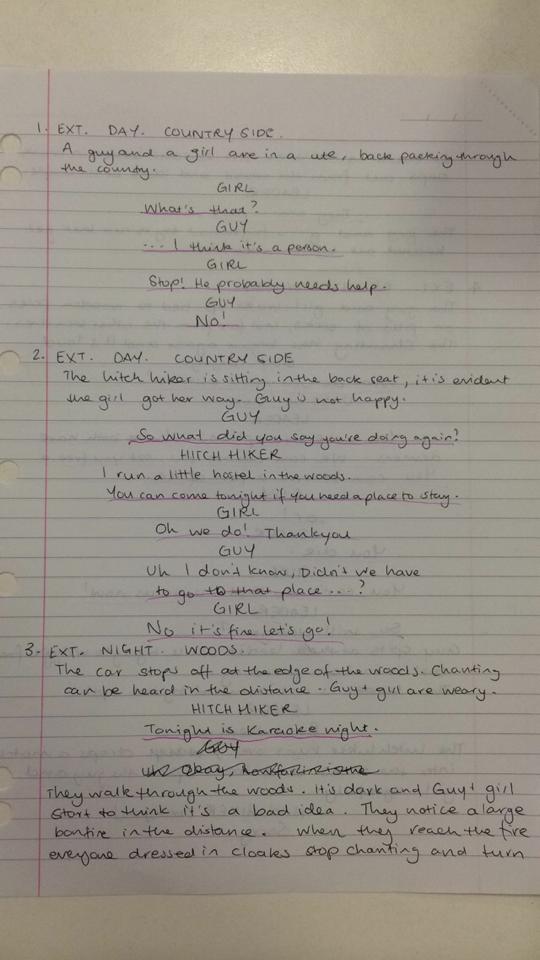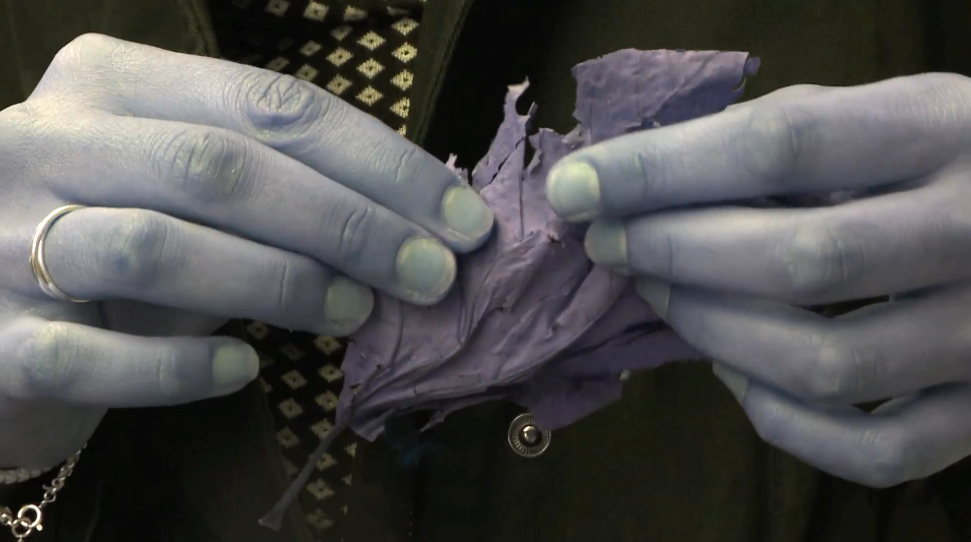
Gone Girl is a modern-day thriller novel written by American author Gillian Flynn that challenges traditional story telling “rules”. It’s specific genre “Domestic Noir” was a term that only came about in 2013 (1). The novel follows the lives of a married couple, Nick and Amy, dealing with life and love from the beginning to after the first exciting few years of marriage. When Amy goes missing on their 5th year anniversary, uncertainty surrounds Nick as to his involvement with Amy’s disappearance and that is where the novel’s suspense comes from.
Firstly, the novel is not structured in a linear and chronological order, immediately defying the traditional story telling values. The novel requires a lot more involvement from the reader as it skips back and forward depending on whose thoughts we are reading. The novel is split between Nick and Amy. We hear Nick’s thoughts about the present day while we read Amy’s diary from years ago, learning more and more about their relationship. As the two sides are told, it is up to the reader to notice the overlaps. It is up to the reader to compare how each person interpreted the moment, and decide who is telling the truth and who is lying. This adhere’s to Pixar’s Andrew Stanton’s unifying theory of 2 + 2. He claims that the audience want to ‘work for their meal’ (2). This is exactly what Gone Girl does. It hints at things and insinuates that Nick is involved in the disappearance of his sweetheart wife Amy. The reader is lead through three-quarters of the book, slowly being convinced that Nick Dunne is guilty. Flynn does this by subtly portraying him as a lazy, bored, greedy, cheating husband. The reader thinks the novel is going one way, the ‘finish the sentence’, assuming Nick is guilty, and then Flynn turns the story on it’s head(3). Everything you think you know about the characters is challenged. We finally truly meet the personality of the novel’s main character, Amy. Truly meeting a character this far into the novel also challenges traditional story telling values.
Arguably, Gone Girl could be considered as a database, just as much as it is considered a narrative. It is a collection of thoughts from different people scattered out of chronological order amongst pages. It does not follow the classic ‘cause-and-effect’ structure of ‘ordered events’(4). However, Amy’s diary on it’s own and Nick’s thoughts on his own can each be seen as narratives. They each tell a clearly told story with the conventional beginning, middle and end. When put together they become a collection of stories forming a database of narratives to expand on the story. The audience finds out more this way and it heightens the experience. Much like how transmedia projects work, as Andrea Phillips describes the ‘stories’ and ‘interwoven’, ‘each piece can be consumed on its own, and you’ll still come away with the idea that you were given a complete story’(5).
1 Elizabeth Haynes, posting on A.J.Waines blog, August 2014
2 Andrew Stanton, TED: “The Clues to a Great Story”, Feb 2012.
3 Andrew Stanton, TED: “The Clues to a Great Story”, Feb 2012.
4 Lev Manovich, ‘The Database’, (Cambridge: MIT Press 1998).
5 Andrea Phillips, ‘The Creator’s Guide to Transmedia Storytelling’, May 2012.




